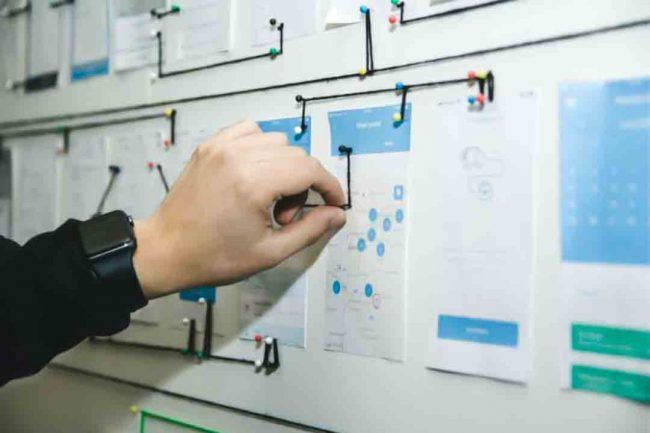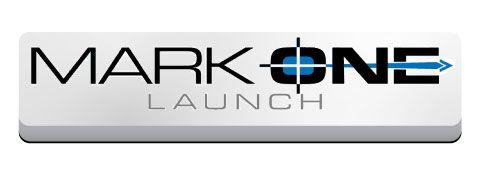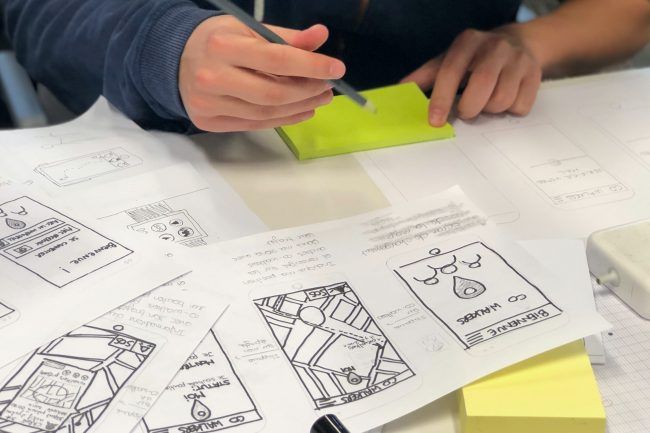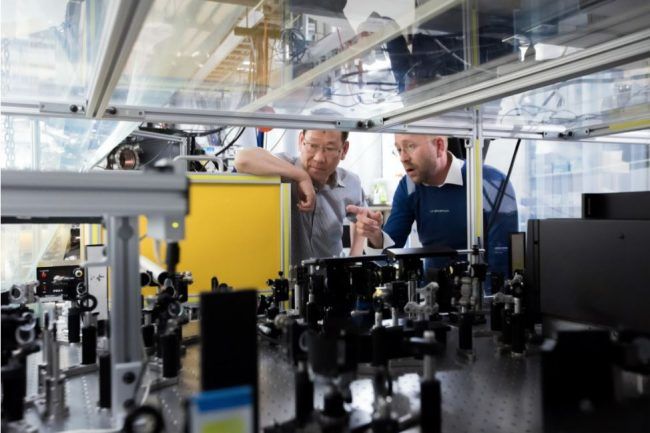1. Generating a product idea
The very first step on the path to successful product development
is the generation of an idea. Most aspiring entrepreneurs find this to be the hardest step in the product development process. This is because ideating a perfect product that will take the market by storm is often a complicated and demanding process.
Only a few entrepreneurs with unrivaled passion and desire for product launch give it a try. However, while building a product from scratch can be tasking, it is easier to iterate upon a pre-existing product.
As an entrepreneur, there’s a model that will enable you to generate new product ideas just by asking questions – the right questions – about the existing products. The model is called “SCAMPER.”
Let’s briefly dissect it.
Substitute:
“What can we change in our new product, the process involved, the people in charge, etc., to make it better?”
Combine:
“Which two ideas, products, services, etc. can I combine to generate a better product?”
Adapt:
The next step in the SCAMPER model has to deal with adaptation. Here, you will ask questions about what you can adapt from other sources to enhance your product development process.
Modify:
This part requires an in-depth understanding of your product. The question here is, “What part of this product is less important, and thus can be minified?” The question is also, “What can we enhance to make this product better?”
Put to another use:
“How else can consumers use the product?” It helps you to discover if there are other ways to utilize your new product.
Eliminate:
This step involves eliminating the “extra” parts of your product. This can be anything from parts of the production process to components.
Rearrange (Reverse):
here, you will ask questions like, “What can I rearrange to get a new, better product? What might happen if I reverse this process? etc.”








